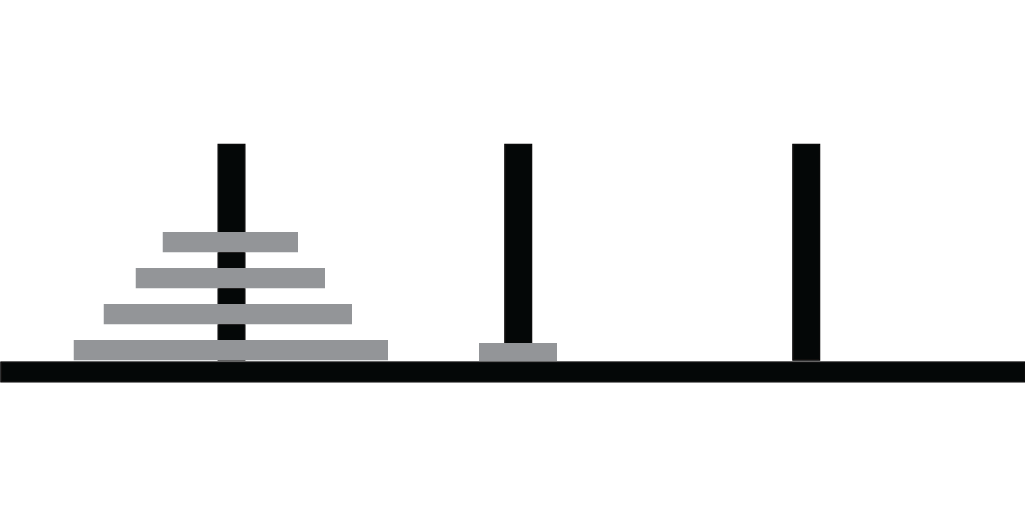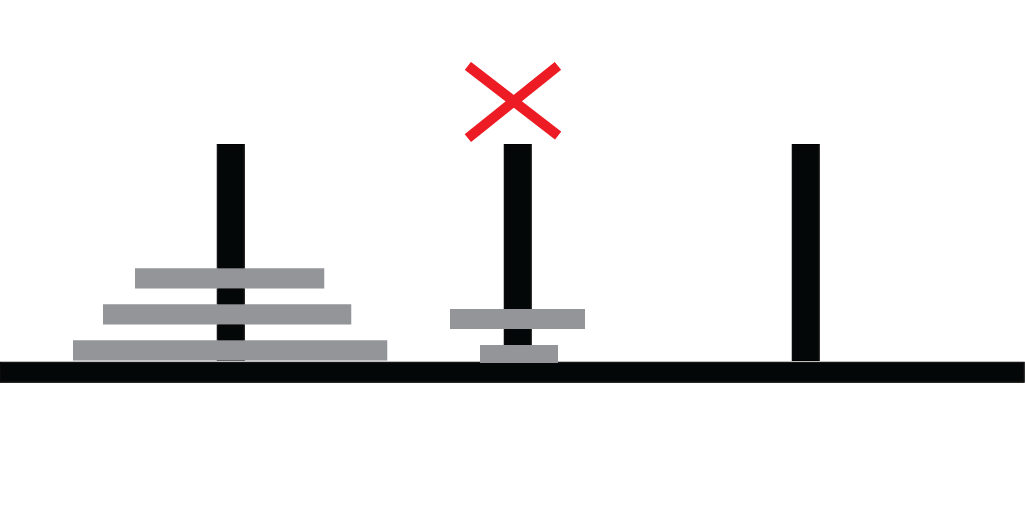Lecture 03: Recursion II
Outline
- Recap of Last Time
- (In)efficiency of Recursion
- Magic of Recursion
Last Time
- Looked at recursive methods for factorial and Fibonacci numbers
- Compared iterative and recursive solutions for Fibonacci
Factorial Solutions
Iterative:
private static long iFactorial (long n) {
if (n <= 1) { return 1; }
long val = 1;
for (long i = 2; i <= n; i++) {
val *= i;
}
return val;
}
Recursive:
private static long rFactorial (long n) {
if (n <= 1) { return 1; }
return n * rFactorial(n - 1);
}
Comparing the Solutions
Recursive is more succinct… but let’s test their performance!
Fibonacci Solutions
Iterative:
private static long iFib (long n) {
long prev = 0; long cur = 1; long next;
for (long count = 1; count < n; count++) {
next = prev + cur;
prev = cur;
cur = next;
}
return cur;
}
Recursive:
private static long rFib (long n) {
if (n <= 2) return 1;
return rFib(n-1) + rFib(n-2);
}
Comparing the Performance
What happened?
Why is this:
private static long rFactorial (long n) {
if (n <= 1) { return 1; }
return n * rFactorial(n - 1);
}
so much more efficient than this:
private static long rFib (long n) {
if (n <= 2) return 1;
return rFib(n-1) + rFib(n-2);
}
Factorial Recursive Calls
private static long rFactorial (long n) {
if (n <= 1) { return 1; }
return n * rFactorial(n - 1);
}
Fibonacci Recursive Calls
private static long rFib (long n) {
if (n <= 2) return 1;
return rFib(n-1) + rFib(n-2);
}
Some Observations
- The iterative solutions were efficient.
- Recursive factorials were efficient because no branching:
- each method call made only one recursive call
- Recursive Fibonacci was inefficient because of branching:
- each method call made 2 recursive calls
- even though few distinct calls, all method calls executed as prescribed by code
Magic
Previous Examples
- Extremely simple recursive methods
- Still simple iterative methods
Tower of Hanoi Puzzle
Recall the Tower of Hanoi Puzzle:
- 3 pegs: 1, 2, 3
- stack of \(n\) disks of decreasing size on first peg
- can only move one peg at a time
- cannot put larger disk on top of a smaller disk
Goal. Move all disks from peg 1 to peg 3
Initial Configuration
All disks on first peg

Rule 1
Move one disk at a time

Rule 2
Cannot place a larger disk atop a smaller disk

Goal
To move all disks from peg 1 to peg 3

A Program
Want:
- A program that generates instructions for a solution
- Example solution for 2 disks
Move disk from peg 1 to peg 2
Move disk from peg 1 to peg 3
Move disk from peg 2 to peg 3
A Problem
How do we design the program?
Hints:
- Think recursion!
- What has to happen before largest disk can be moved?
Discuss!